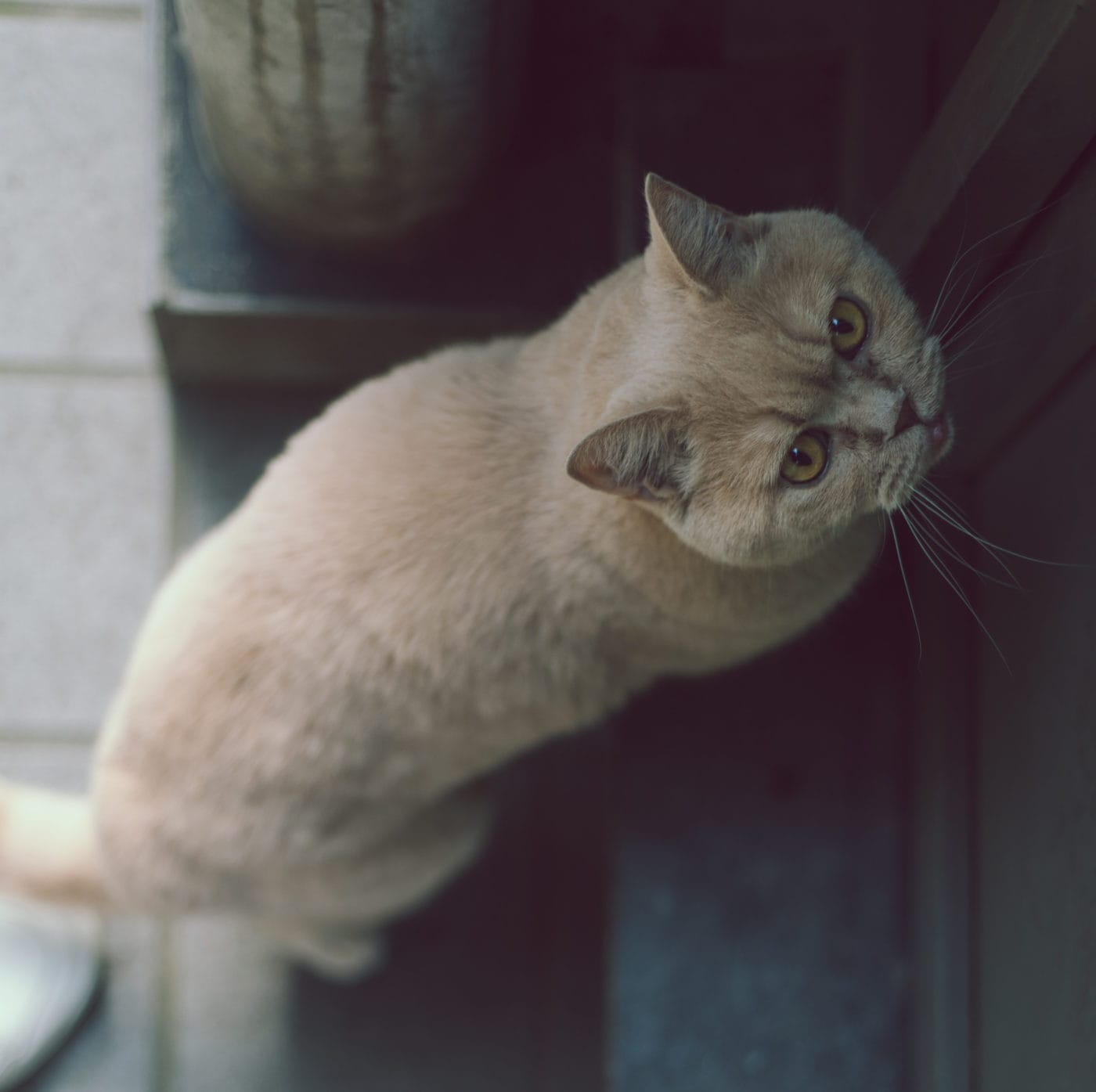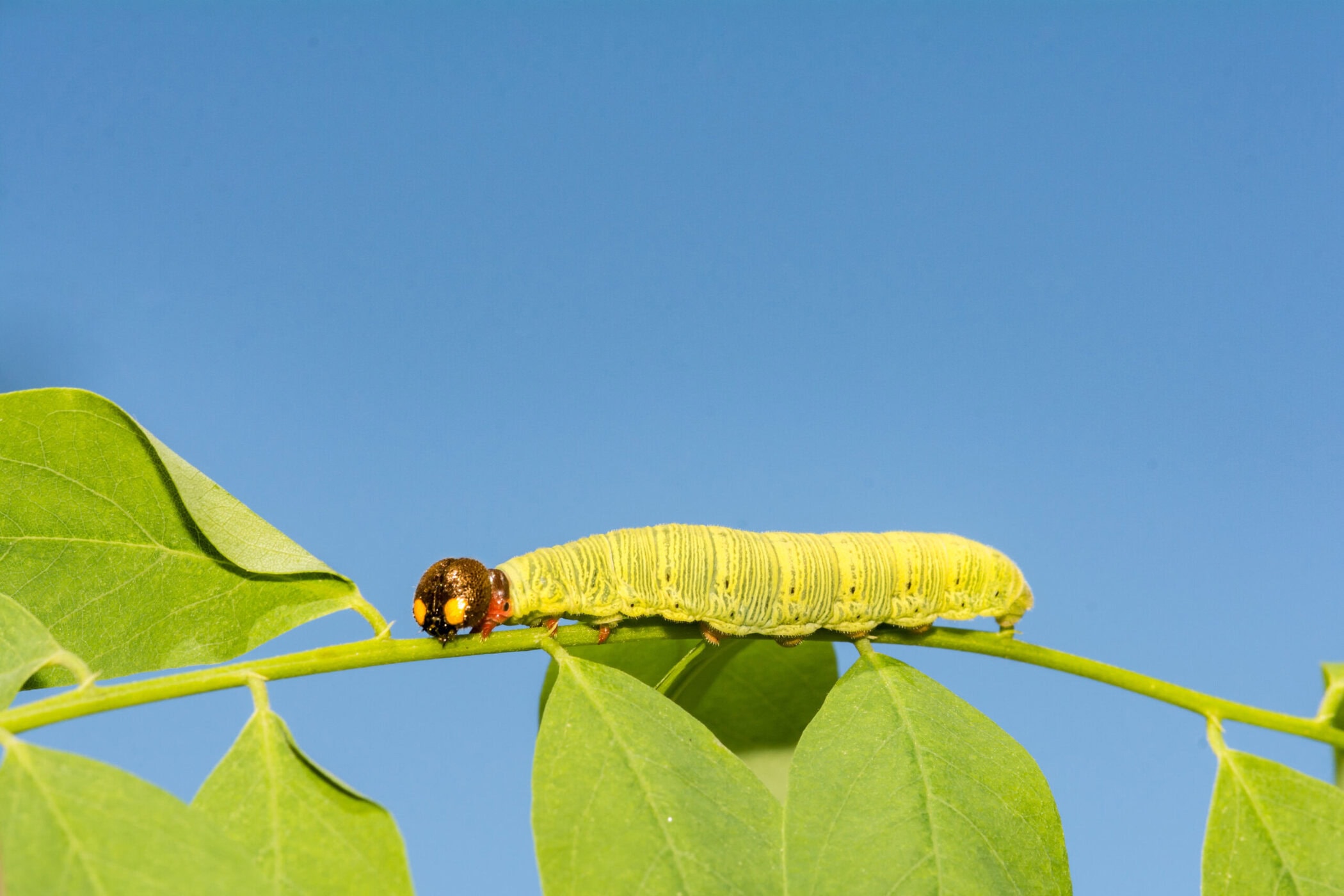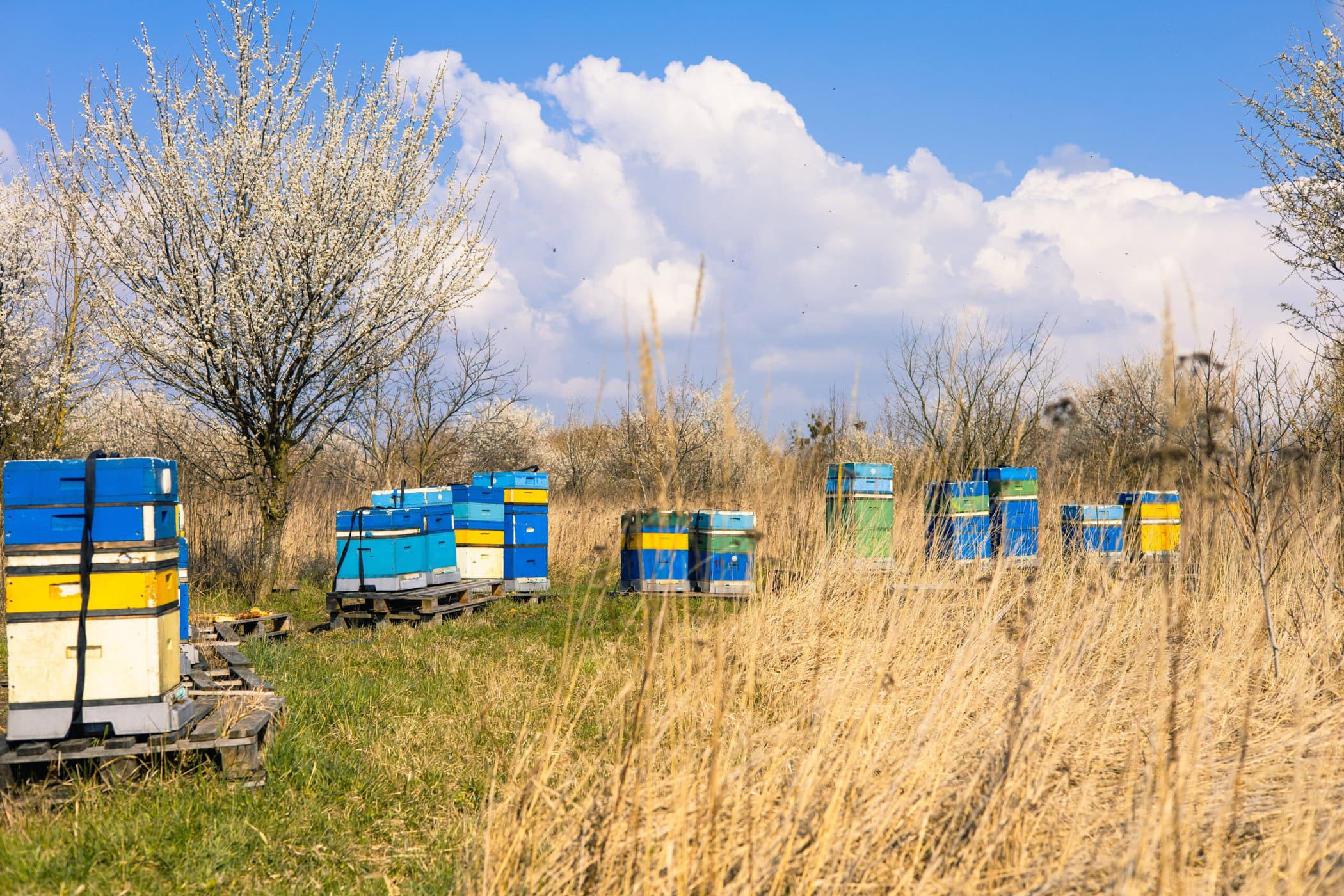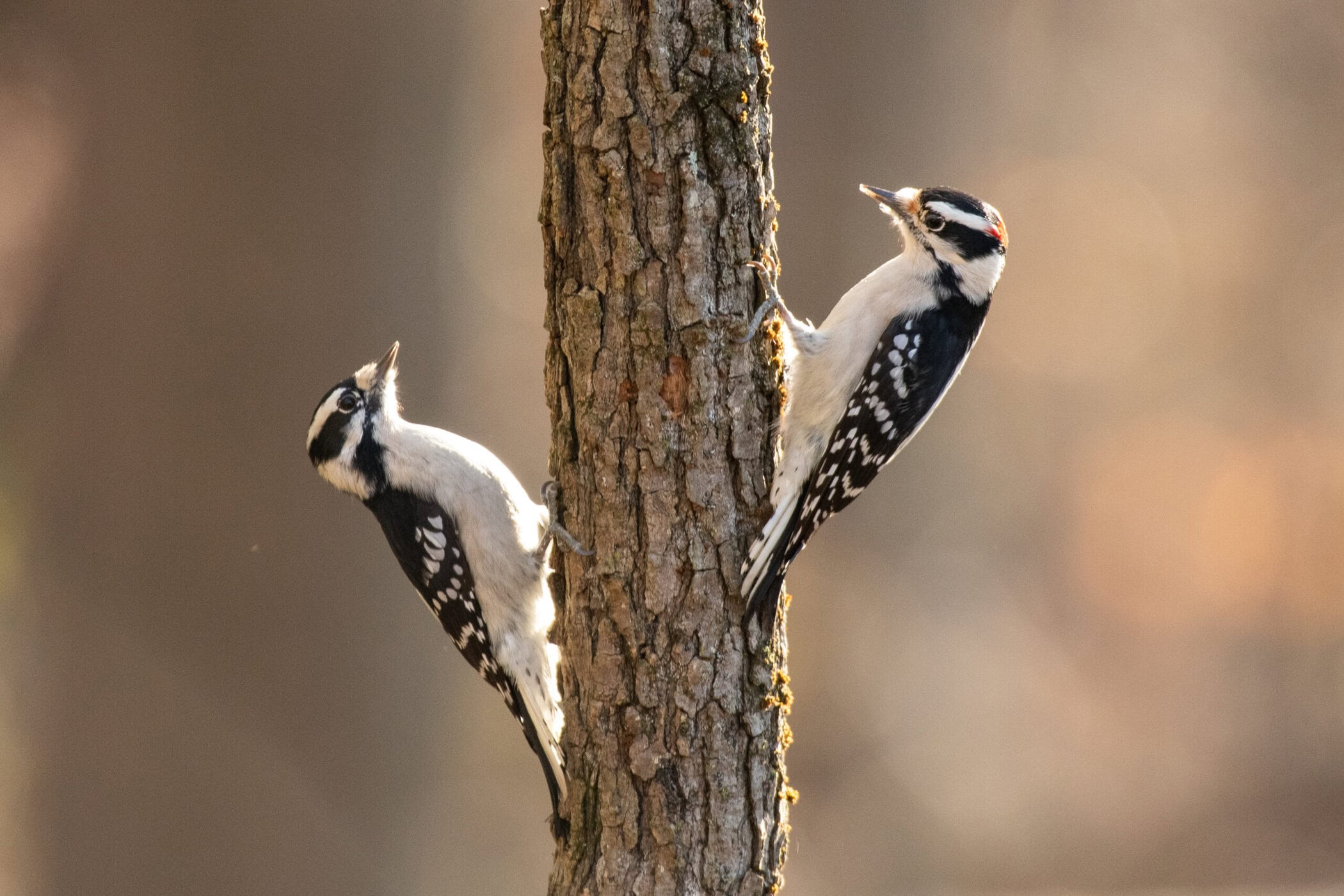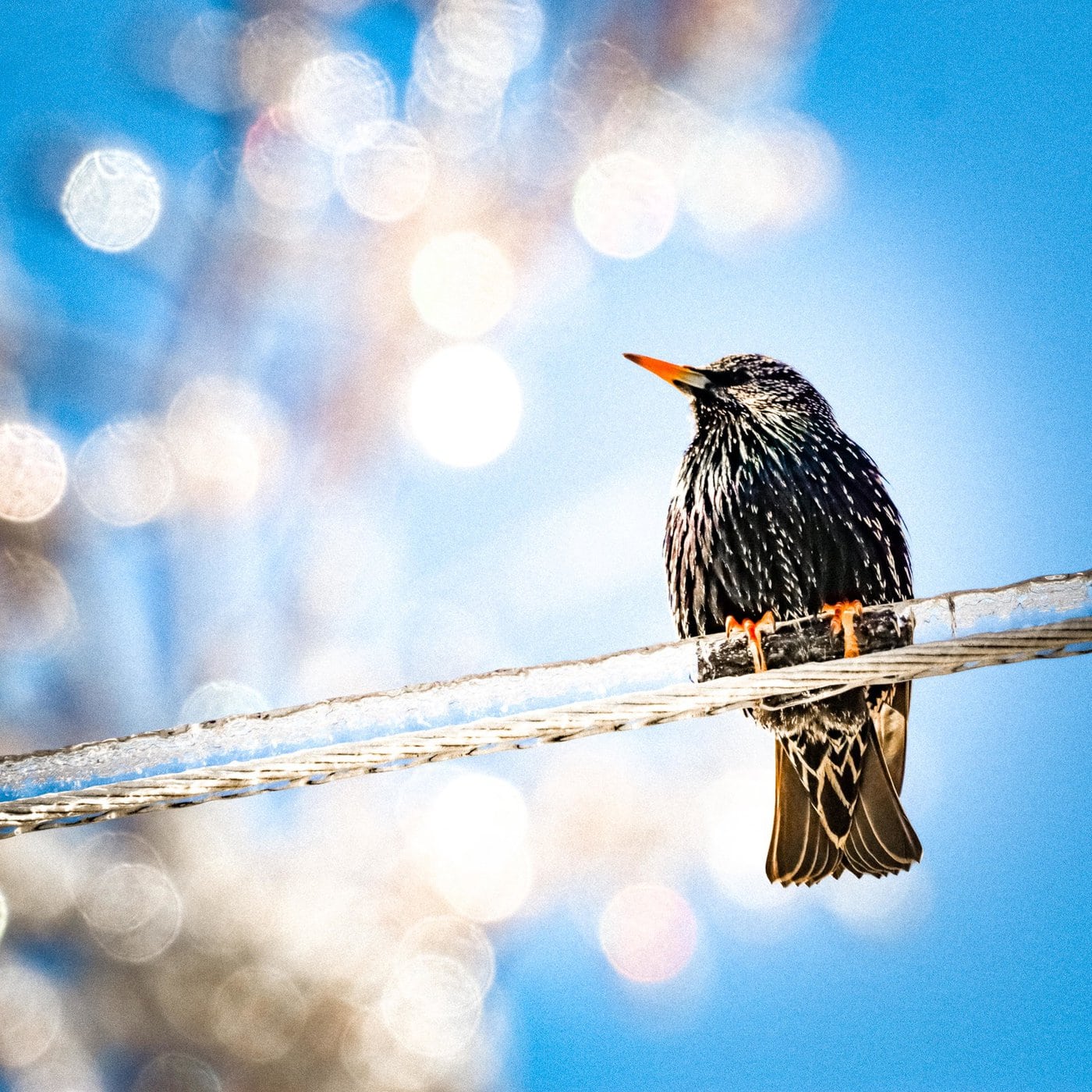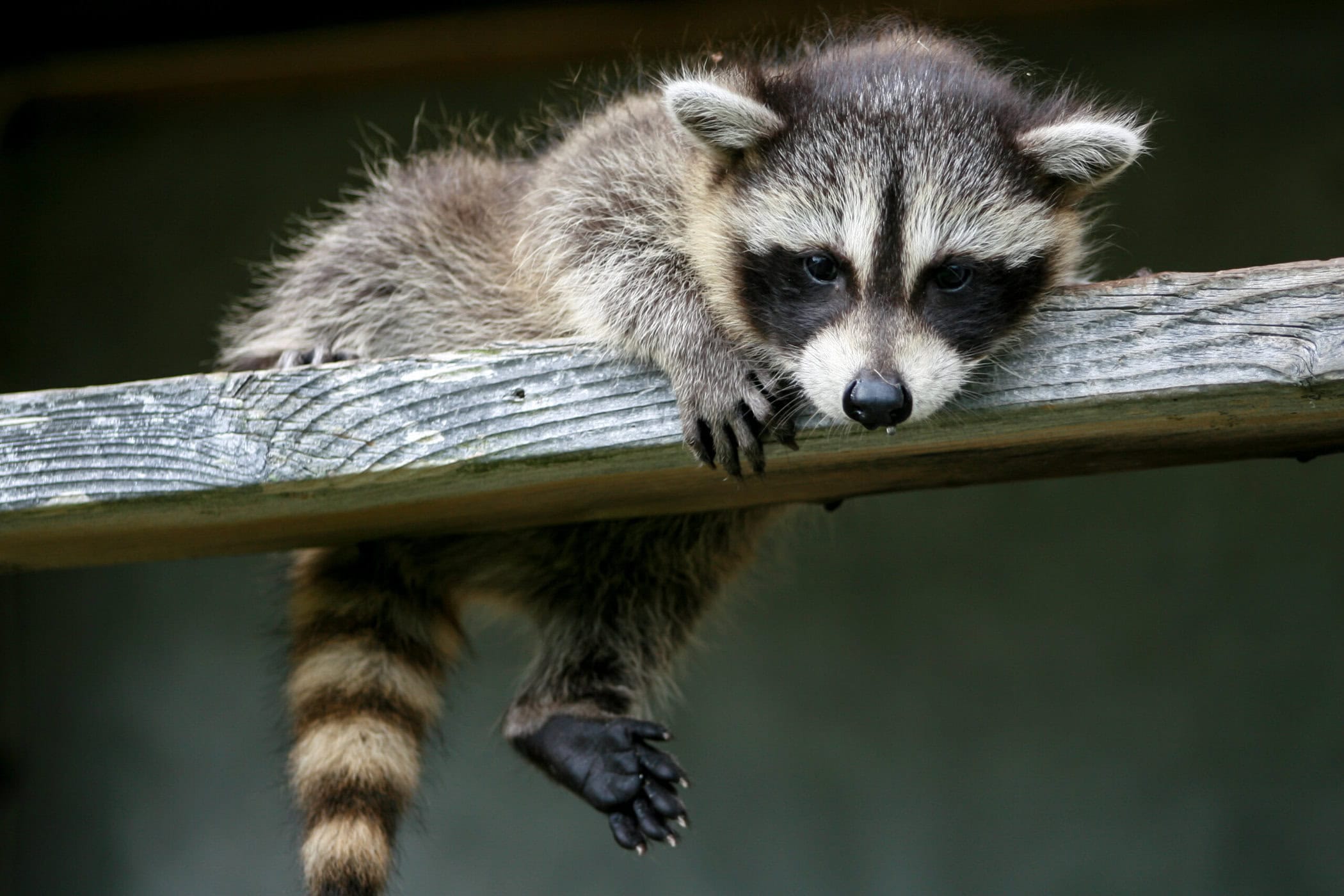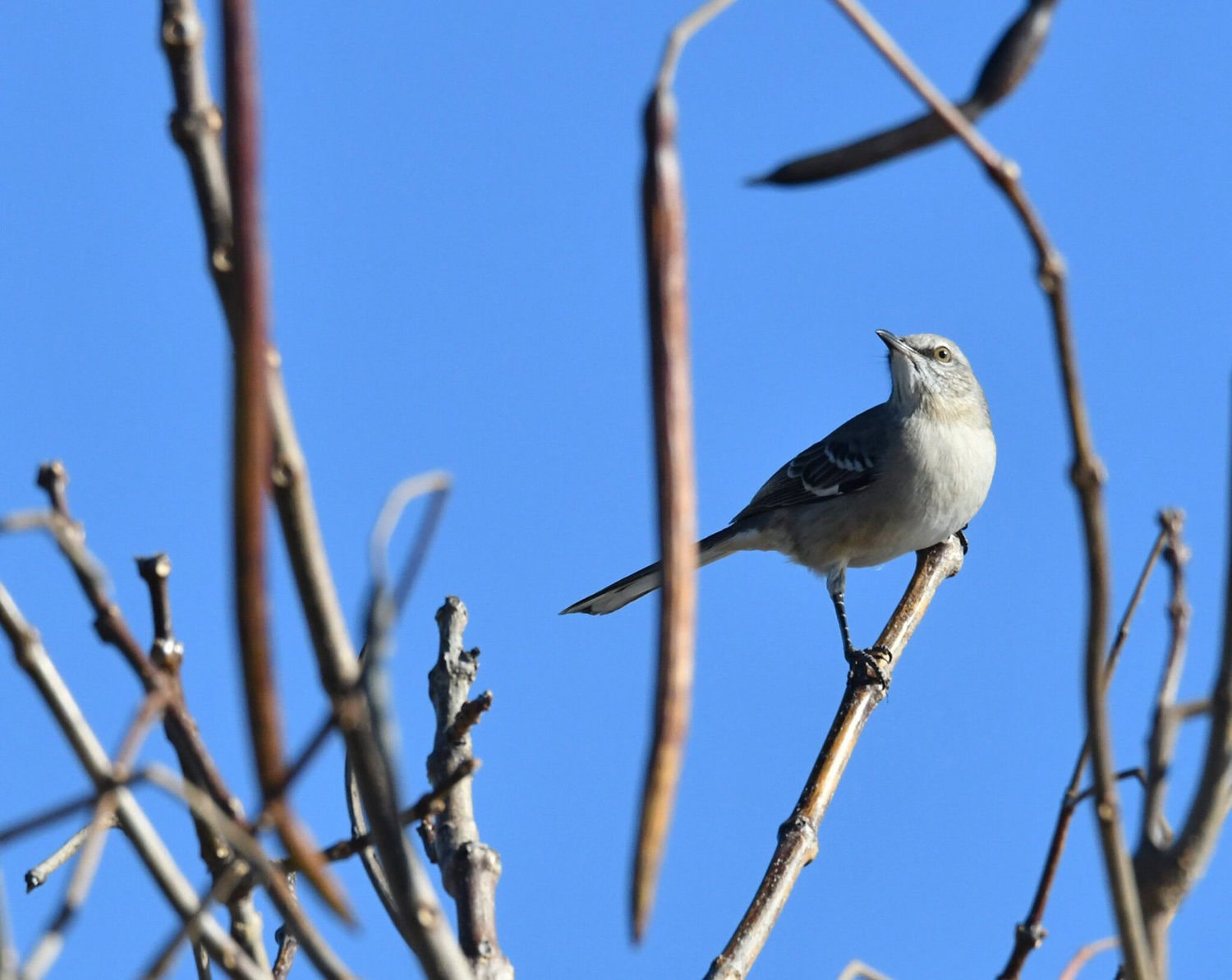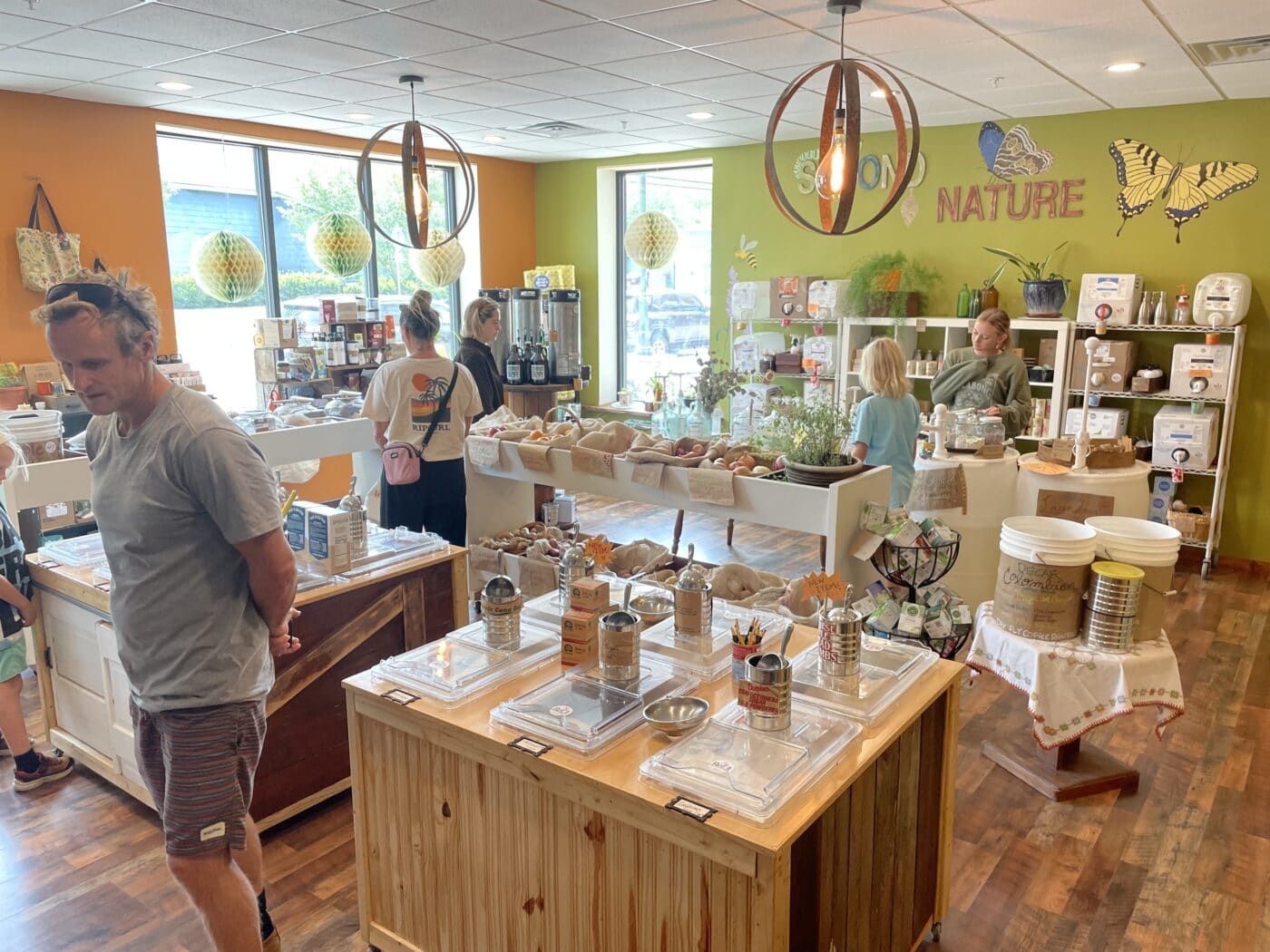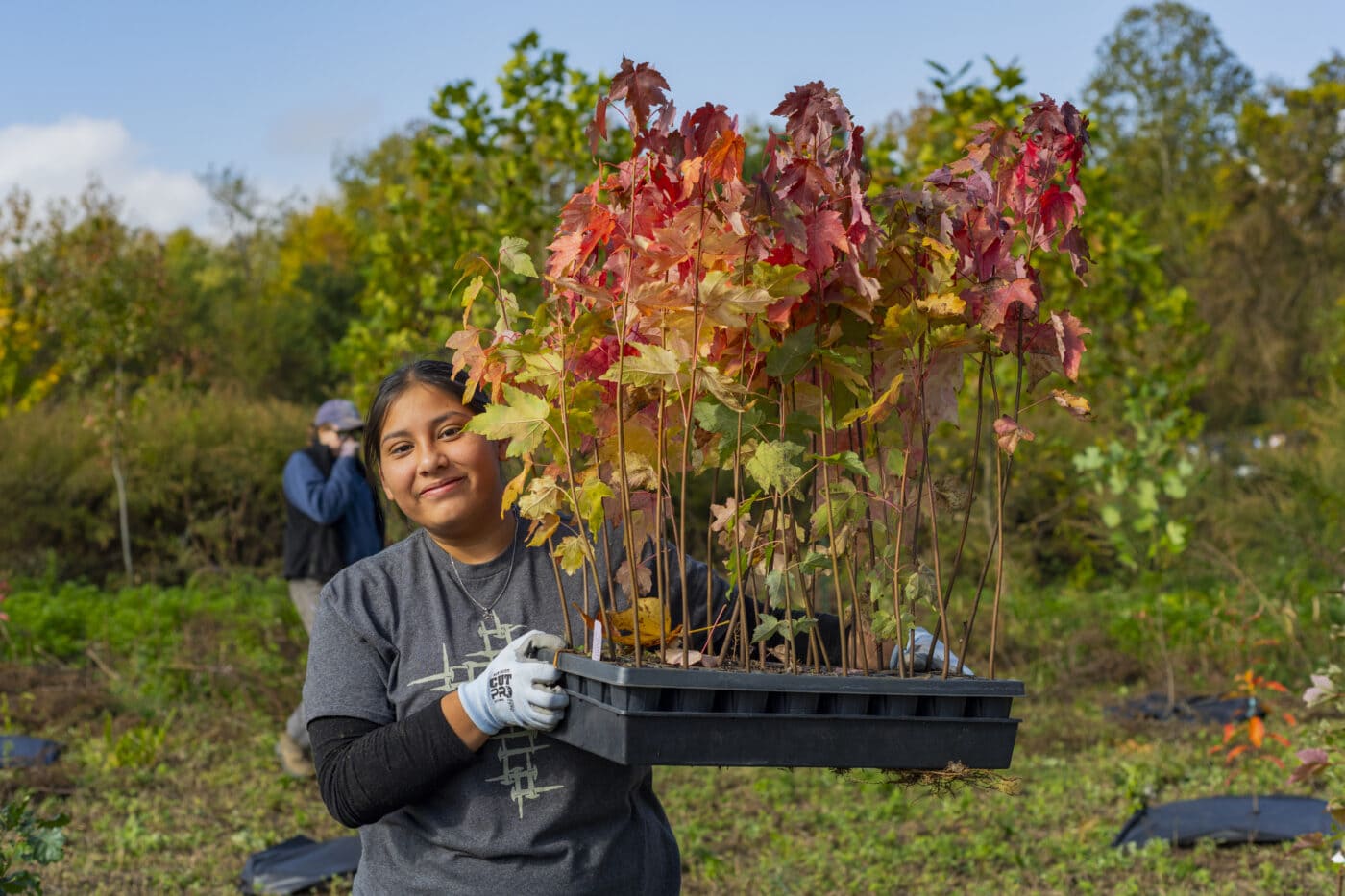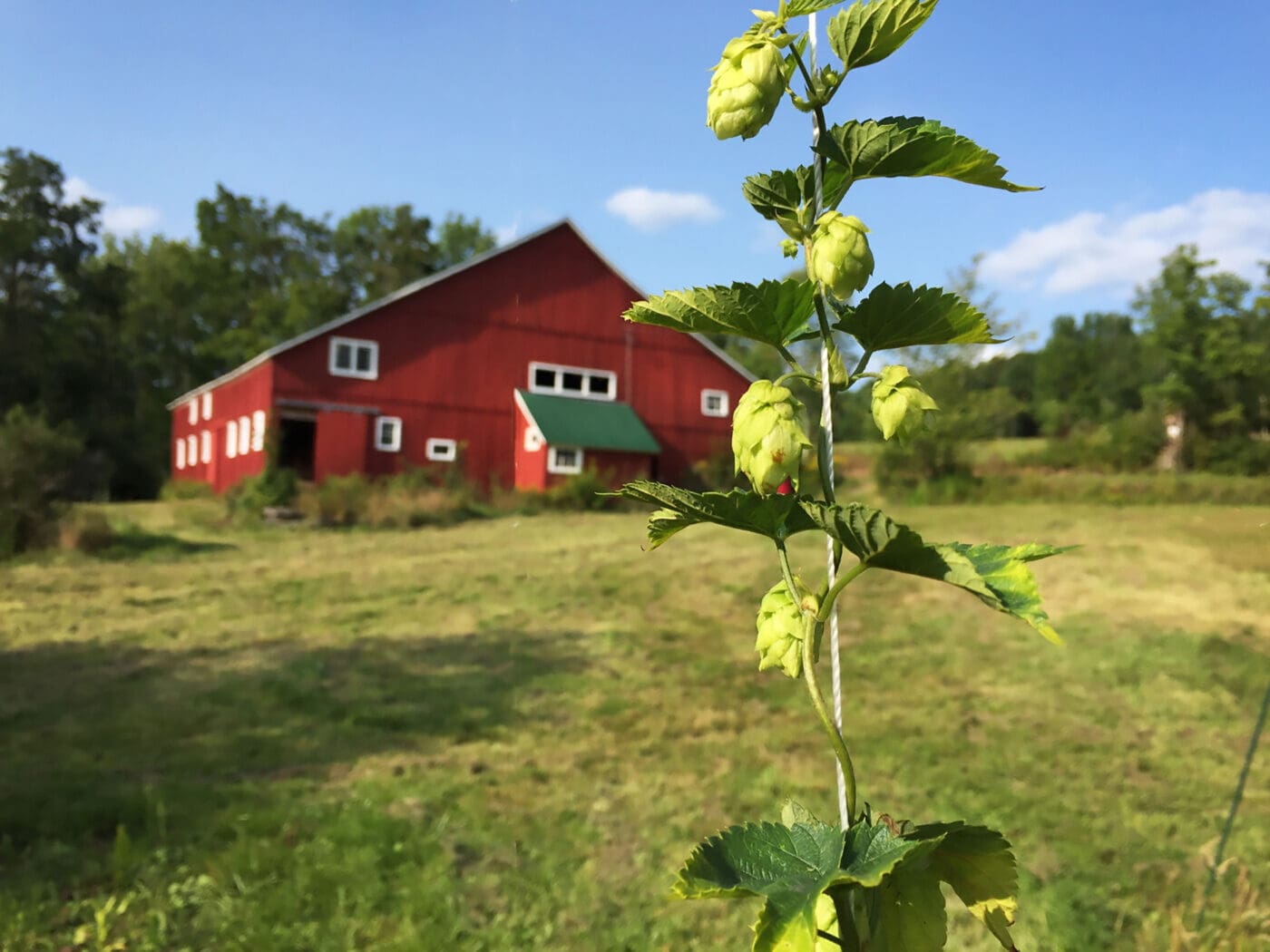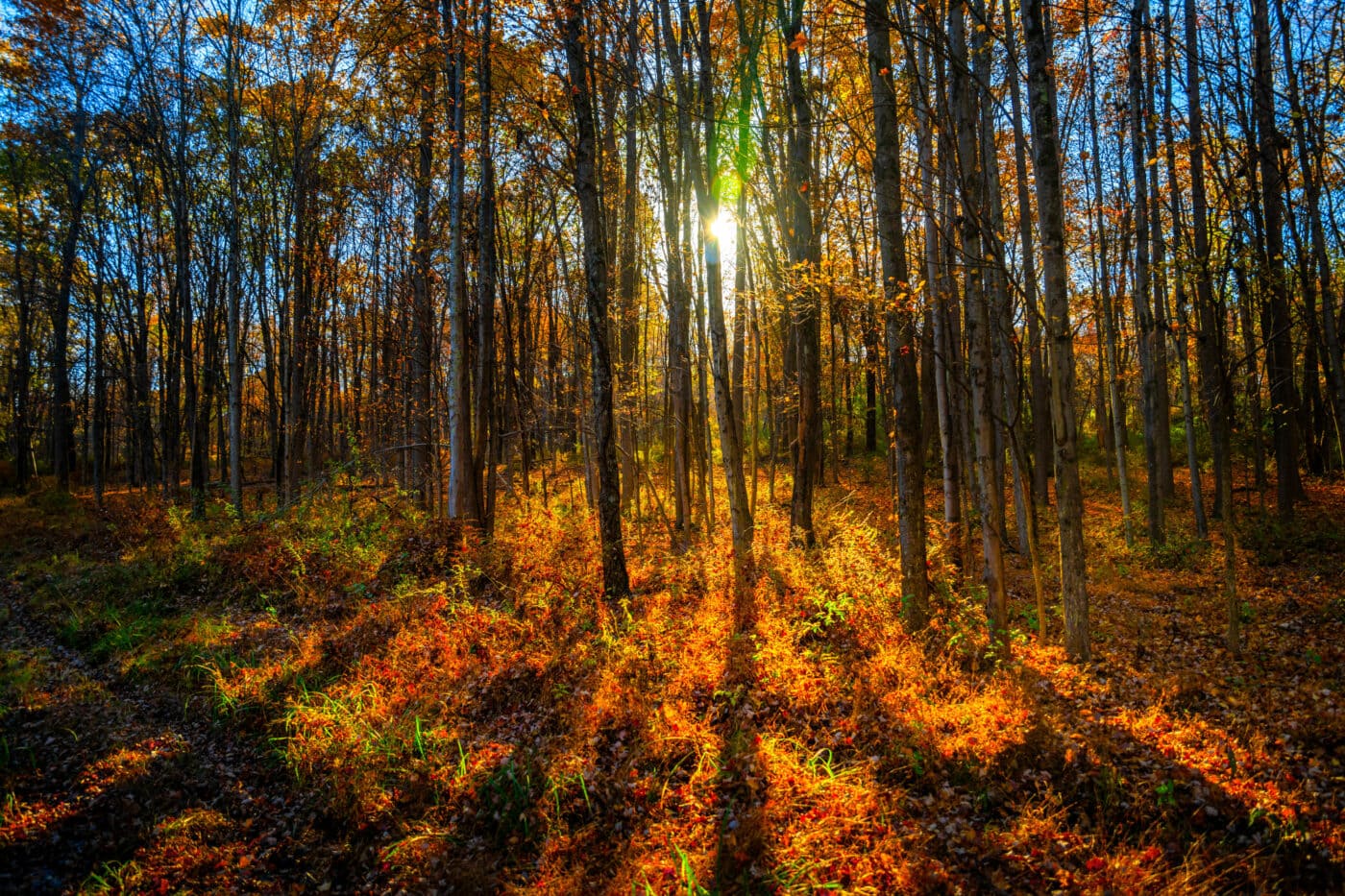A new motion-activated camera at Scenic Hudson’s Juniper Flats Preserve in Ulster County captured the image of a killer cat caught red-handed with a bird between its jaws. The photo drove home a sobering and little-known fact: domestic felines can pose a major threat to wildlife species survival.
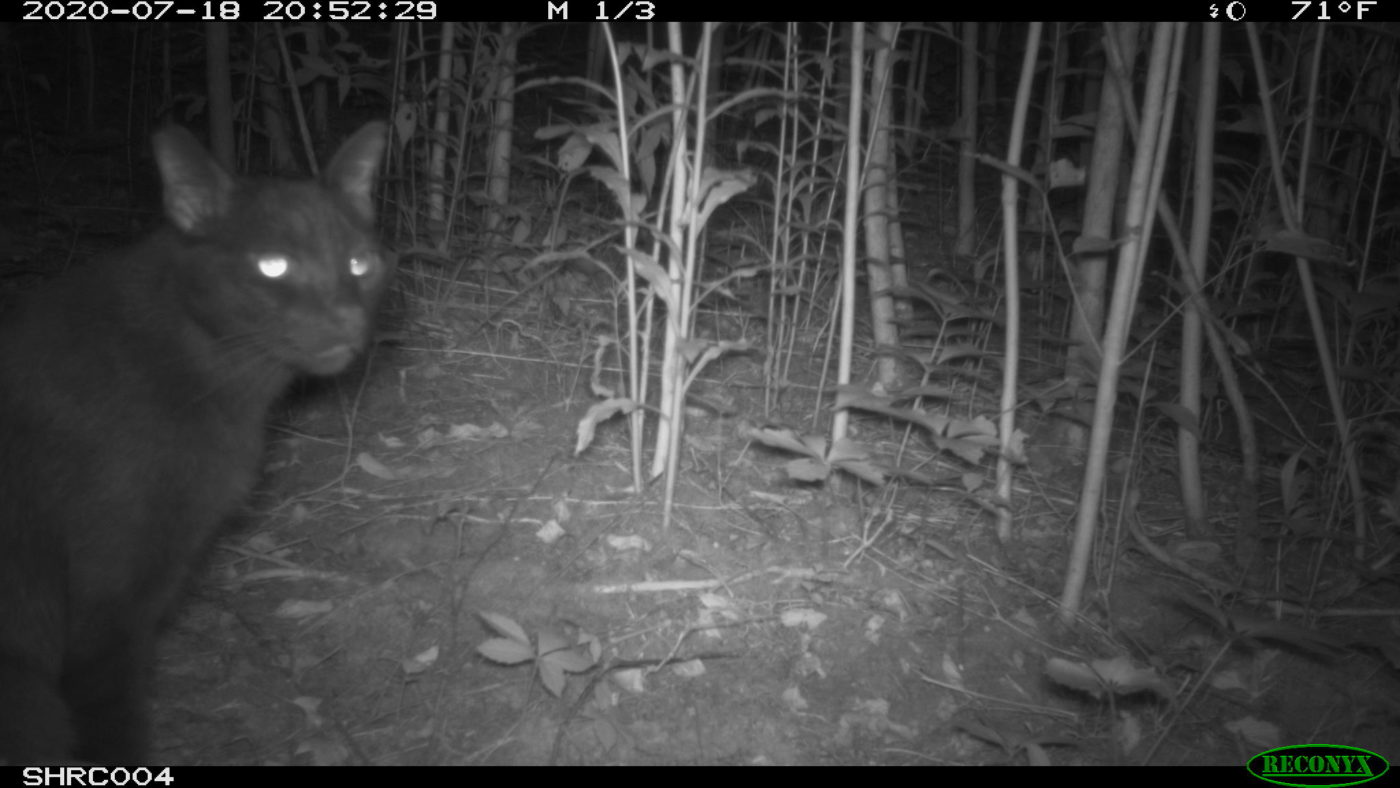
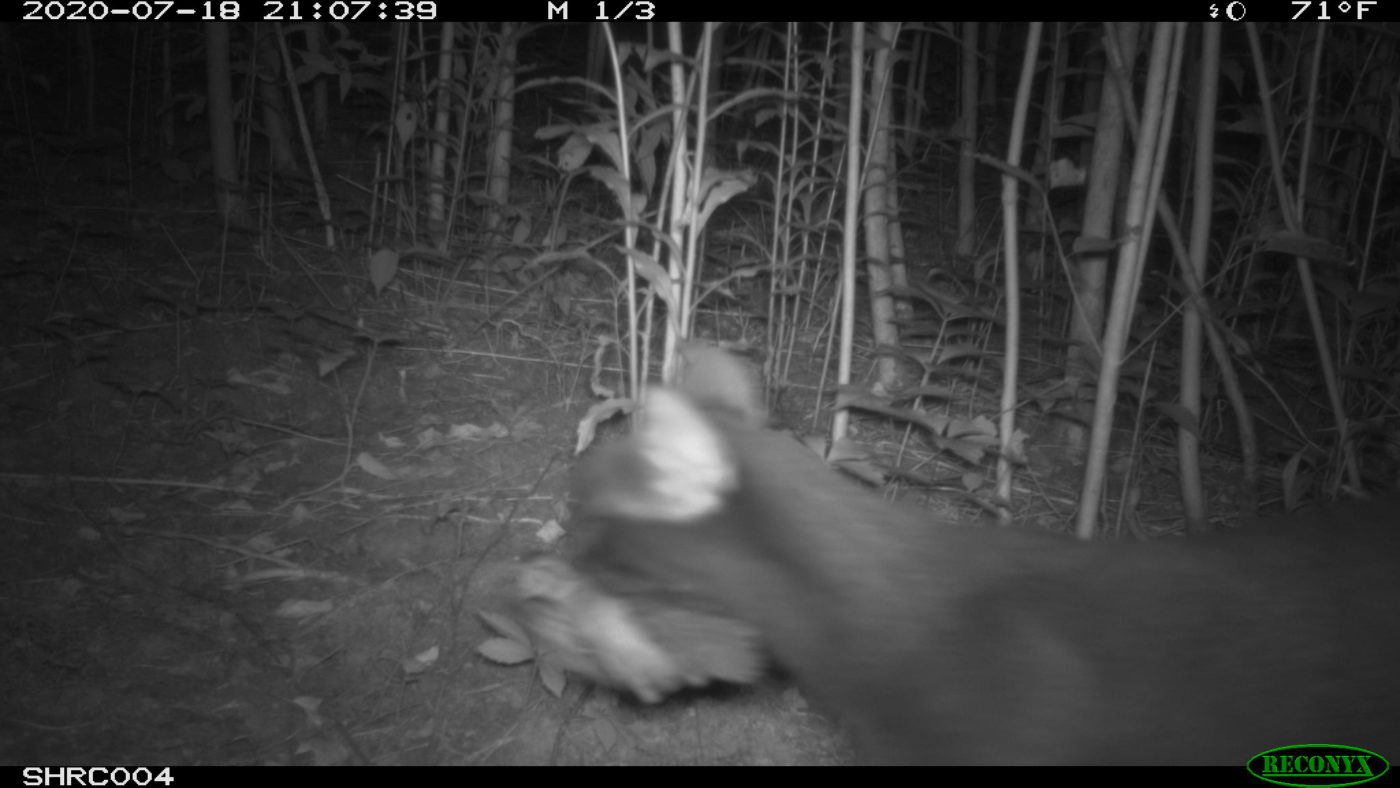
According to the American Bird Conservancy, predatory house cats have contributed to the extinction of 63 bird, mammal and reptile species. In the U.S. alone, they kill 2.4 billion birds annually, making domestic cats “the number-one direct, human-caused threat to birds in the United States,” the conservancy reports.
The urgency of stopping this killing spree was highlighted by new data that bird populations in the U.S. and Canada have declined 29 percent since 1970. (Pesticides also played a significant role in this drop-off.)
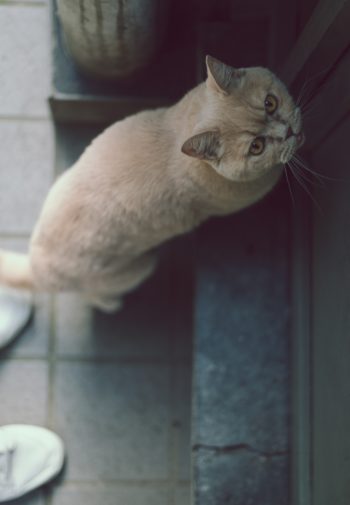
Even if Muffin never leaves your backyard, she can pose a danger. Researchers at North Carolina State University just released a study showing that while most house cats confine their movements to a 300-foot radius of their home — and kill fewer prey per day than wild predators — their concentrated hunting range actually winds up decimating more wildlife per acre, especially in neighborhoods where cats are common.
“Predatory house cats have contributed to the extinction of 63 bird, mammal and reptile species. In the U.S. alone, they kill 2.4 billion birds annually, making domestic cats the number-one direct, human-caused threat to birds in the United States.”
The American Bird Conservancy
“We found that house cats have a 2- to 10-time larger impact on wildlife than wild predators — a striking effect,” says Roland Kays, the study’s lead author.
Wildlife survival tips
Obviously, keeping cats indoors would take care of the problem, but most cat owners object to restricting their pets’ freedom. So what else can be done?
First, forget about putting a bell on them, says the American Bird Conservancy. Birds and other wild animals don’t associate the tinkling with danger. Some suggest placing colorful collars on cats. This also doesn’t make much sense, says the conservancy, for the same reason. And many birds are colorblind.
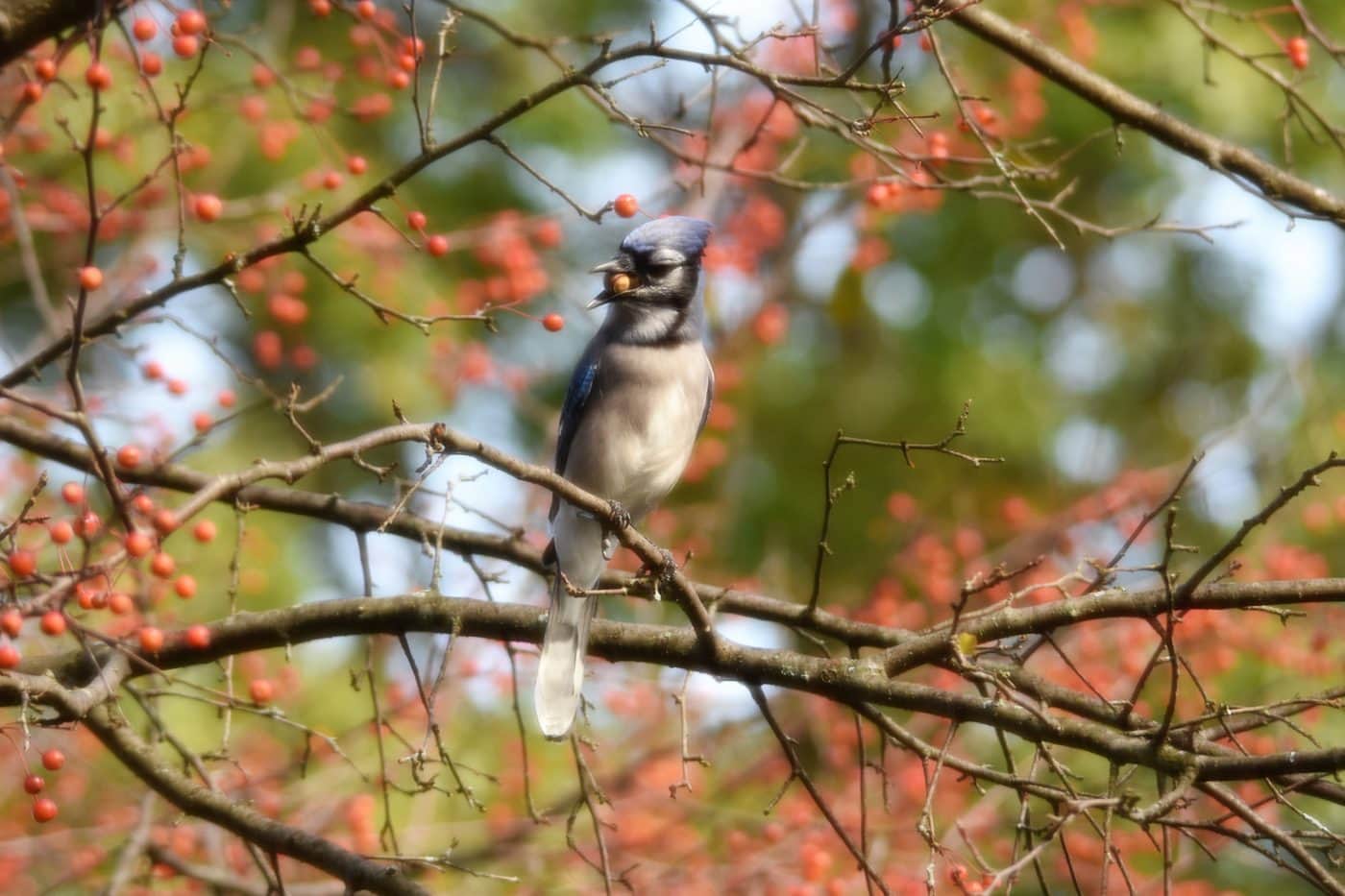
The best solution is to make your backyard safer for birds and other wildlife. The conservancy provides some helpful tips for doing this. They include replacing birdfeeders with native plants providing seeds, berries and fruits. Birds still will have lots to feast on, but they won’t congregate in a central location where cats can wait to pounce.
If you can’t live without a feeder, place it at least 10 feet from any potential cat hiding places. (The same goes for birdbaths.) You also might consider installing a fence and/or motion-activated lights or sprinklers. Both could lessen cats’ chances for a successful hunt.
The bottom line: Cats aren’t going away, but wildlife might unless we take steps to keep it out of Muffin’s clutches.


